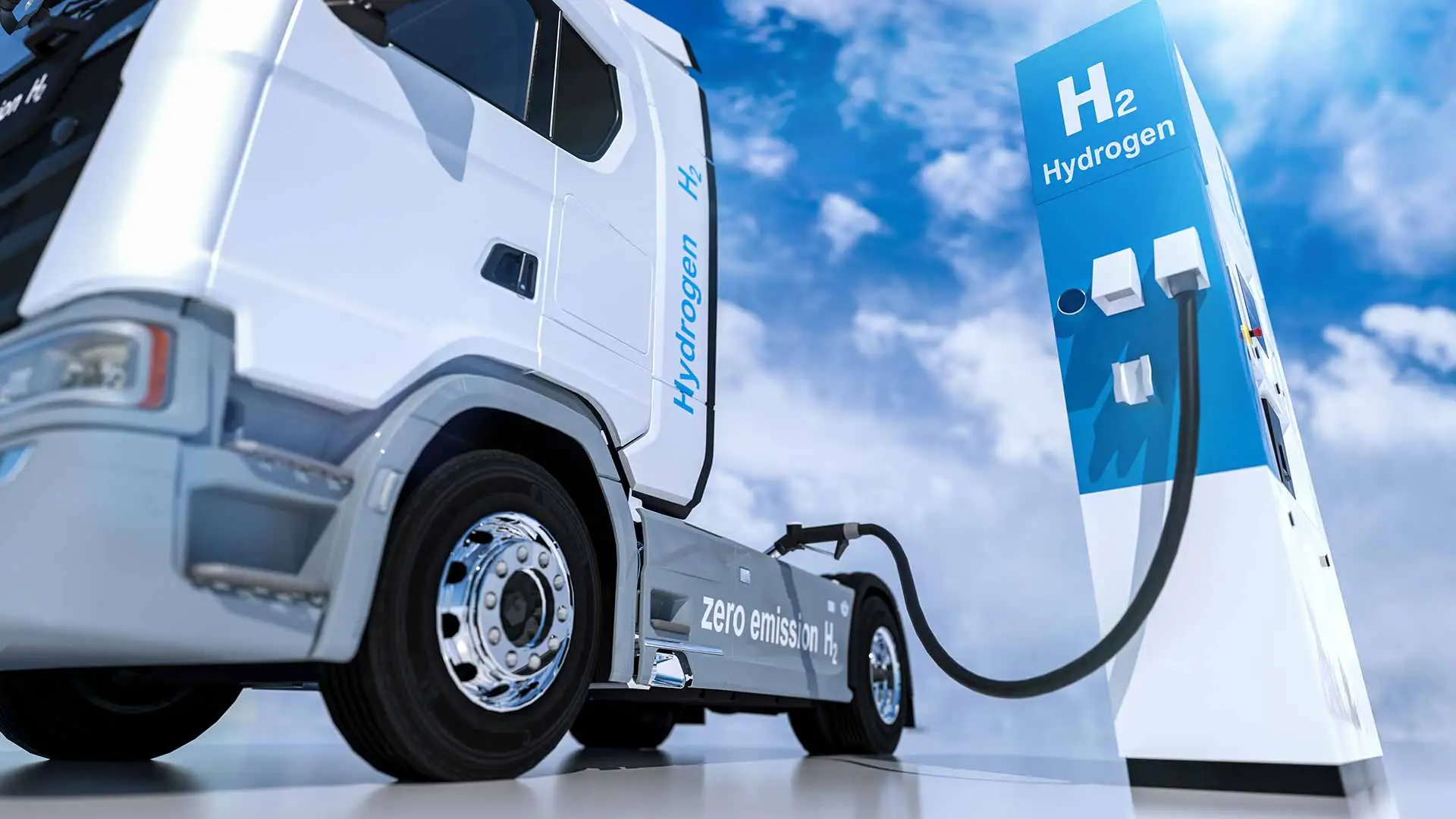
Hydrogen trucks: A real alternative?
The EU has stipulated that heavy-duty vehicles must emit 15%less CO2 from 2025, and 30% less from 2030. According to The International Council of Clean Transport these vehicles are responsible for 25% of CO2 emissions in road traffic, so it’s safe to safe that such target has major implications for the road business.
This is why manufacturers' commitments to zero-emission trucks are growing. Most brands have announced ambitious targets for the deployment of "clean" trucks, looking for all the solutions that will allow long-distance journeys to be made without any pollution. The most widespread, and already adopted approach, is electric. Some manufacturers are also developing hydrogen-based solutions.
How does it work?
The hydrogen engine is not very complex. A hydrogen fuel cell is installed at the front of the vehicle and a chemical reaction takes place between the hydrogen stored in the vehicle's tanks and the oxygen coming from outside. This reaction generates electricity to drive the truck and water condensation, which is the only thing that is expelled through the exhaust pipe. These vehicles also have a battery where the excess electricity is stored so that it can be used at any time.
Brands such as Toyota and Mercedes-Benz are already developing, in collaboration with companies specialising in this fuel, prototypes of trucks with this propulsion system, although Hyundai Motor Company seems to be in the lead. The Korean company and the Swiss company H2 Energy created Hyundai Hydrogen Mobility (HHM), a division that is already testing in Europe the fleet of its XCient hydrogen trucks, consisting of 46 units that have already exceeded one million kilometres of collective driving, reducing CO2 emissions by more than 631 tonnes.
Range is always one of the headaches for non-combustion engines. For example, the Hyundai XCIENT Fuel Cell can travel up to 400 km on a single charge, using a 31-litre hydrogen tank that takes between 8 and 20 minutes to refill, depending on the ambient temperature. But there are improvements here too, and at the IAA Transportation in Germany in 2022, Quantron presented the QHM FCEV Heavy Truck, an electric truck powered by a hydrogen fuel cell created in collaboration with Ballard Power Systems and capable of a range of up to 1,500 kilometres per refuelling.
Refuelling points and "competition" with electric batteries, the Achilles' heel of hydrogen
However, the biggest problem truck manufacturers using hydrogen face is the lack of refuelling points and the "competition" with electric batteries, the Achilles heel of hydrogen.
The European Automobile Manufacturers' Association (ACEA) predicts that by 2030, around 60,000 hydrogen trucks could be on the road in Europe, requiring around 1,000 hydrogen refuelling stations. But now there are only 228 hydrogen plants in Europe, 101 of which are in Germany.
Moreover, not all truck manufacturers are in favour of hydrogen fuel cells. Tesla and the Volkswagen Group have made a firm commitment to the use of electric batteries in trucks, arguing for better energy efficiency and lower vehicle acquisition and maintenance costs.
Therefore, the great asset for growth in electric vehicle charging infrastructure to meet future demand is that building on an already extensive electricity grid is much easier and less costly than creating an entire hydrogen production, transport, storage and distribution industry.
There is, however, one thing to bear in mind. The current challenge for battery electric vehicles is the long-distance logistics operations (with an average of 100,000 km per year) and the transport of very heavy goods (which means high energy consumption per kilometre).
And this is where hydrogen comes out on top, as these vehicles have the possibility of expanding tank capacity to extend its range. Electric trucks, on the other hand, cannot expand the number of batteries because of the weight and recharging time involved. And that is the core issue in transportation: optimizing time and distance. A truck makes money when it is moving and loses money when it is parked.
We are at a key moment to know which option will prevail in the less distant future. But what is clear is that any of the options will involve zero-emission transport, that are more sustainable and committed to the environment.
